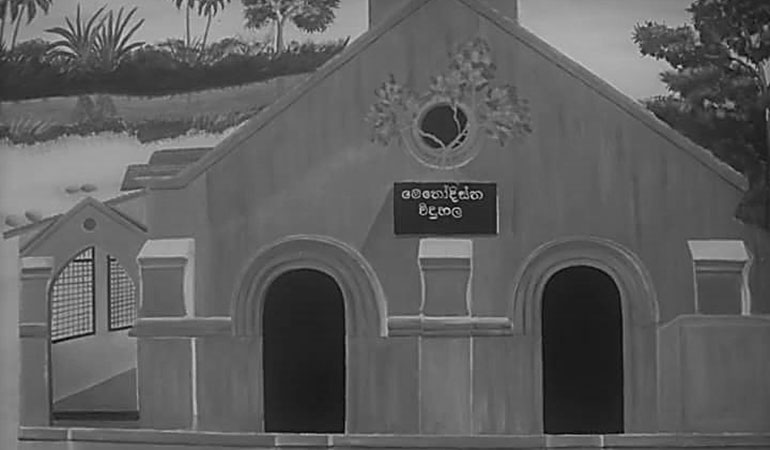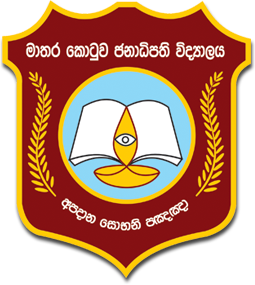Janadhipathi Vidyalaya
- Janadhipathi Vidyalaya
History
History
A group of seven Wesleyan Methodist missionaries headed by the Rev Dr Thomas Coke departed from the Portsmouth harbour in England on 30th December 1813 on a mission to preach the gospel to the Asians. Rev Coke died at sea and the rest of the missionaries arrived in Bombay, India on May 31, 1814. They left Bombay leaving behind the Rev Harvard and his expectant wife and sailed to Ceylon on 20 June 1814. After a voyage of nearly nine days, they reached safely the Galle harbour by the evening of June 29, 1814. The harbour master Herschel Gibson of Galle the harbour sent two boats to fetch the missionaries ashore. The Rev Lynch, Rev Thomas Squance and Rev Benjamin Clough came ashore in the smaller first boat while the Rev Erskine and the Rev Ault stayed behind to come in the larger second boat along with their luggage. Being the monsoonal season the boat carrying them could not make it to the Galle harbour and drifted towards the Weligama bay. They alighted in Weligama on the early hours of 30th June.
The then Governor of the country on hearing from Sir Napier the Governor of Calcutta that the missionaries were coming to Ceylon had instructed the commandant of the Galle garrison Lord Molesworth to accommodate the missionaries in the Queen’s or the Government house. Having welcomed the Missionaries warmly Molesworth offered the Old Dutch Church in Galle Fort to hold a religious service. On July 30, 1814, the Rev Thomas Squance held the first ever-official Methodist service in the country. On July 11, the missionaries held a meeting to decide how they were going to comply with the request made by the governor to start schools to teach English to the natives. They entrusted the Rev Erskine with the task of starting a Methodist School in Matara District to teach English and Christianity to the natives.
Rev. George Erskine left to Matara, from Galle on July 31, 1814. Warmly received in Matara by the natives and the European residents, and the MahaMudaliar at the timeDon David Illangakoon of Matarawelcomed the new missionary and he was able to create a positive feeling among his humble natives. With the help of J.G Erhard, a German missionary of the church of Ireland residing in the Dutch Church at the time, Erskine started the second Wesleyan Methodist School of the country.
On the next Sunday of the month, on August 7, 1814, he preached in the Dutch Church in Matara Fort, and on Monday the 8th of August, 1814, started the Matara Methodist School.
According to missionary records and other historical documents, this is the second English school in Sri Lanka and named the Matara Methodist School. Initially, the children of indigenous upper class families got the opportunity to attend this school.
Erskine laboured for over nine months and in mid-1815, Erskine became seriously ill with fever and returned to Galle for medical treatment resulting in the suspension of the school temporarily. The Wesleyan Methodist Mission decided to reopen the Matara Methodist School in 1817, the Rev John Callaway arrived in Matara by mid July 1817, and the school restarted in early August 1817.

